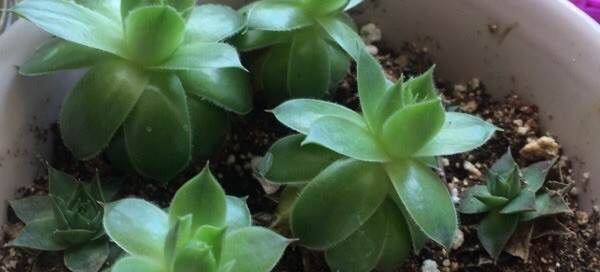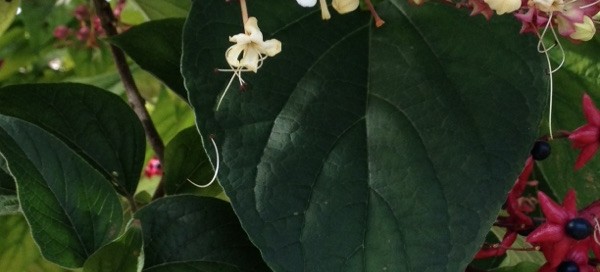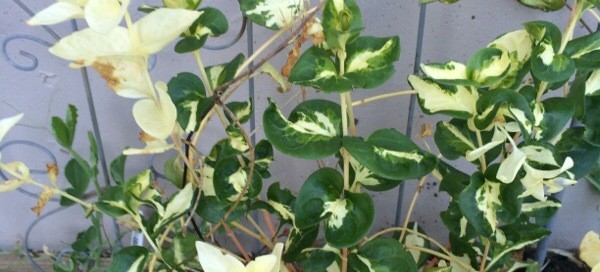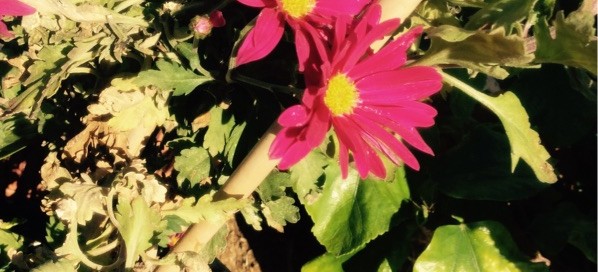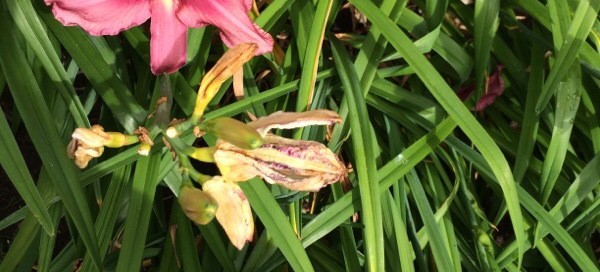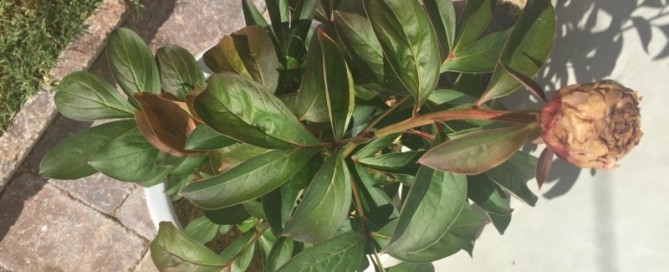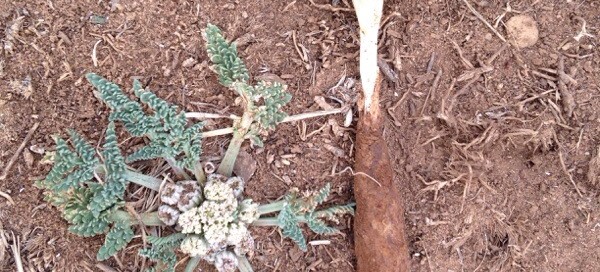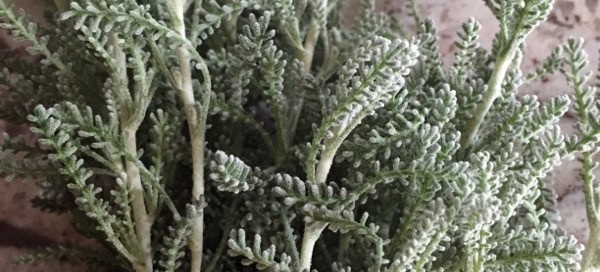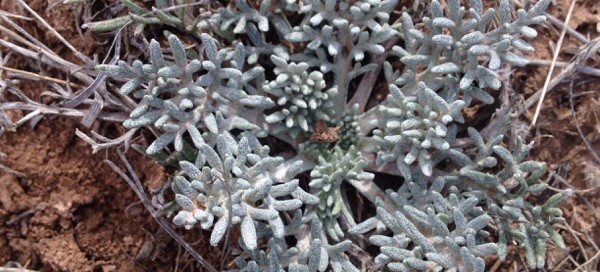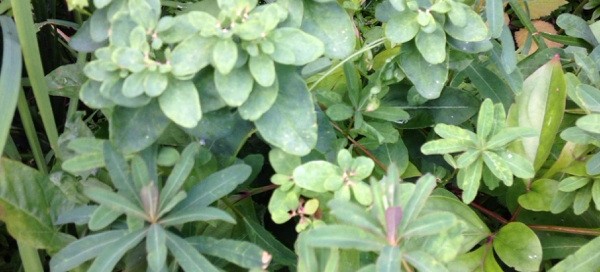Hens And Chicks House Leeks
European in origin and are mostly hardy to Zone 4. Sempervivum is a succulent evergreen perennial rosette with an outstanding ability to survive cold and dryness. The plants have a noticeable progression of color changes throughout the year, and are monocarpic. This means each "mother" rosette will flower and die, but they normally produce several generations of "chicks" before that happens. There are approximately 40 known species and they all apparently are capable of easily crossbreeding (hybridizing) with each other. This ability and including natural mutations and variations within the species has resulted in well over 3,000 varieties! Well draining soil is a must as they will not tolerate roots sitting in water for any length of time. They need full to part sun, and in areas where extreme summer temperatures are experienced, some light shade is beneficial during the hottest part of the day. Water thoroughly when you do, and don't water again until the soil has become fairly dry.
